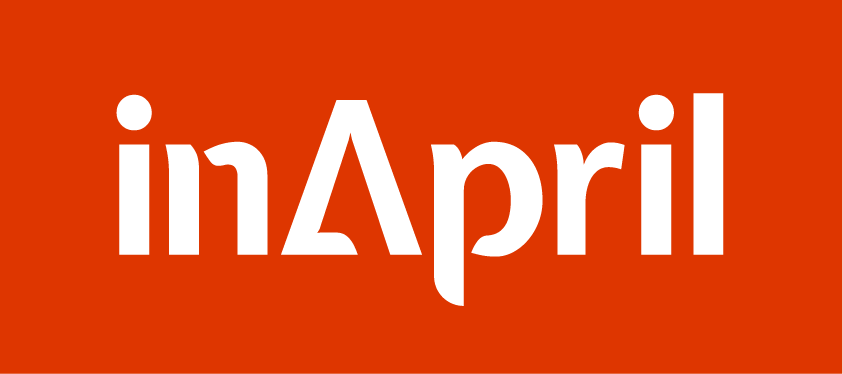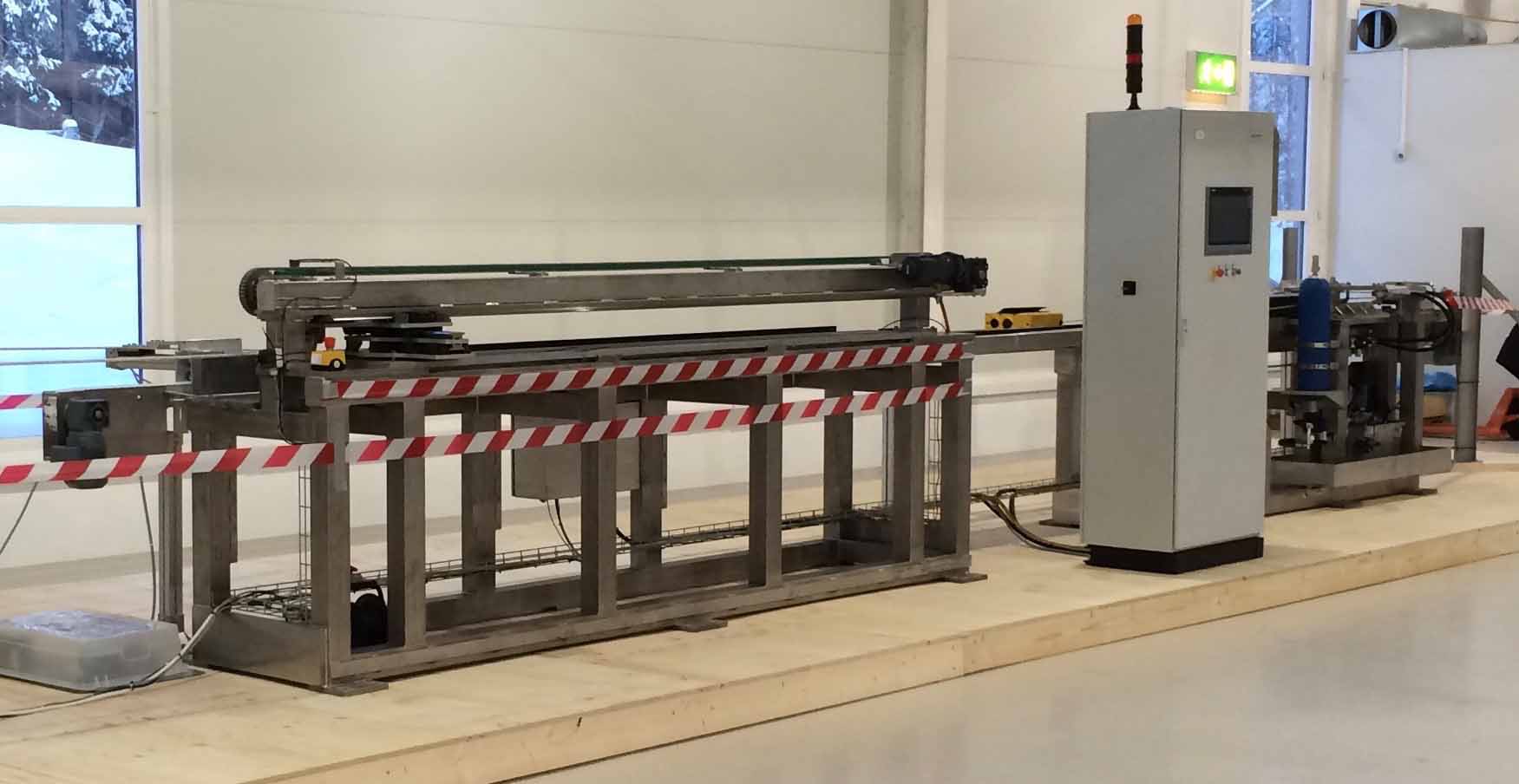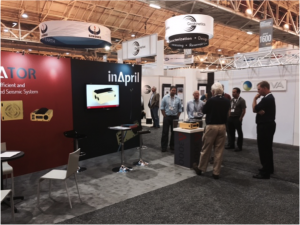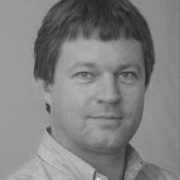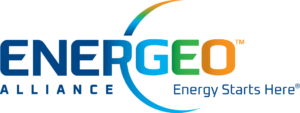April 22, 2016
It is well known that seismic companies have a long tradition for patenting their solutions and it has become a necessity for all players in the industry to navigate carefully in the development and use of seismic equipment.
The validity of patents will always be geographically limited – some very narrow and some wider. As a relative newcomer to the market for seabed seismic systems we fully respect IP secured through patents and have spent a significant amount of time and money navigating our way through the field of patents and patent applications.
In inApril we always try to stay clear of existing IP in our efforts to design cost efficient seabed solutions, but it is not always clear what will or will not infringe existing patents. Despite our best efforts there may be patents that we have overlooked in our searches and there may also be ‘prior art’ in the sector. As the case is for any equipment supplier, inApril can therefore not rule out that parts of our solutions could infringe other’s patents rights if used in certain countries.
inApril works under strict ethical standards and we will always inform our customers of what we know when it comes to other’s patents, but we can not control how and where our customers use inApril’s equipment and solutions. The responsibility will therefore always be with our customers to carry out their own evaluations and make their own decisions.
In our patent searches we have seen that some patent applications cover the most obvious solutions. To reduce the risk of anyone, intentionally or unknowingly, trying to patent parts of our Venator solution or ways of operating, we have decided to make public elements of our solutions that previously might not have been presented in a traceable way, although they have been disclosed in meetings with potential customers and end users.
Most of what is listed below will become an integrated part of our marketing material and other documentation. The list is not complete and more solutions will be added over time. It should be noted that some of the solutions we make public this way might be included in presently non-public inApril patent applications.
The Nodes
The A3000 node is designed to meet the requirements for all types of nodal operations, whether for cable or ROV deployment. However, we also deliver nodes for special markets such as transition zones. Some of our nodes have electronics and sensors in separate pressure compartments.
Rope or Cable
Venator is currently designed for rope with a central core payload for the right buoyancy. However, replacing the node’s ‘rope latch’ mechanism may allow the use of other cables such as steel wire. Replacement can be carried out without the need to open up the node’s pressure compartments.
Venator does not use expensive rope termination joints – rope sections are joined together by means of conventional rope splices. This approach was taken because it adds no cost, is quicker to connect, provides a stronger solution and is more flexible in use.
Recording
The Venator nodes can operate in different recoding modes. These include:
- Recording starts as the onboard charging power is disconnected and continues until the charging power is connected again.
- Recording starts when the node has been steady on the seabed for a set time. The recording may also be programmed to stop again when the node detects that recovery has commenced.
- Recording starts after a fixed time from when the node has been deployed from the vessel. The recording may also be programmed to stop again when the node detects that recovery has commenced.
The nodes record and store an RMS value of all four channels at regular intervals in addition to an accumulated RMS. This is used for QC of the data in the data management system.
Data Management System
In addition to its normal task of taking care of the data from the nodes, the Venator data management system also performs the following tasks:
- Keeping track of locations and status of all nodes at all times.
- Selecting the sequence of nodes to be deployed and where the nodes shall be docked once recovered.
- Controlling the rope speed and node intervals/positions on the rope.
The Venator data management system is designed for ‘hands-free’ operations. The flow and processes are mostly automatic and the focus is on monitoring and QC.
Clock
Venator has all nodes connected with power, data communication and a clock synchronization signal at all times while onboard. This means that the clock will normally never be switched off, which again improves the stability of the clock significantly over time. The nodes do however have a ‘standby mode’ for longer storage (eg. onshore storage).
Docking
A standard Venator system has sufficient docking positions/slots for all nodes. The nodes can dock in any docking slot.
Venator uses a ‘crane’ to move nodes between docking slots. The ‘crane’ can carry two nodes at a time, is not linked to any carrier system and can only move nodes between different slots.
Dummy docking-slots are used for pick-up and delivery of the nodes. Nodes are pushed or pulled in or out of the dummy docking-slot(s). The ‘crane’ moves nodes between a dummy slot and a ‘real’ slot. The sequence can be to move nodes via dedicated slots for clock sync/drift and/or data downloading before being moved to a parking slot. The parking slots have power, data communication and a clock sync pulse.
Positioning Transponder
The built-in transponder can operate in different modes to extend the battery endurance. These modes are, but limited to:
- Always powered as long as the onboard external charging power is disconnected.
- Powered from when the onboard charging power is disconnected (deployment) and until it has been stable on the seabed for a set time. The transponder power in this mode will normally be programmed to come on again if the node experience movements (typically, but not necessarily, recovery).
- In combination with point two above there are options to preprogram the power to come on at certain times or under certain conditions while on the seabed.
- In mode two and three above the power will remain on for a set time after the last interrogation from the vessel.
